Clamshells are composed of two thermoformed plastic blisters (shells) joined at a hinge. This versatile packaging is available in a wide assortment of configurations as standard stock clamshells, or as custom clamshells with cavities that fit more snugly around the product. The product is placed into the clamshell with its clamshell insert card, the clamshell is folded at the hinge, snapped shut, and sealed.
The consumer may easily inspect the product through the clear plastic cavity, and read the accompanying insert card for important information about the product such as instructions for use, offerings of other products, or warnings for the consumer.
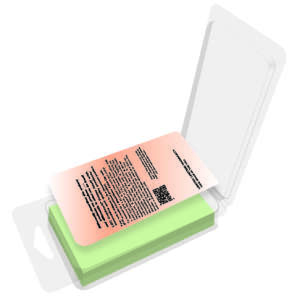
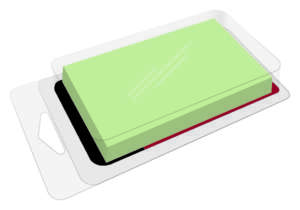
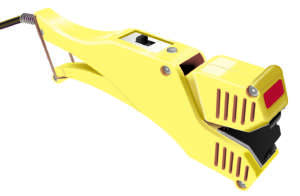
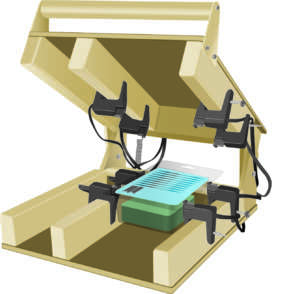
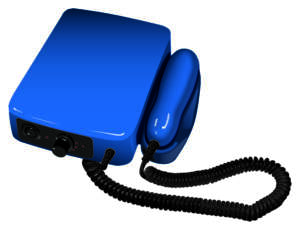
Sealing the flanges (edges) of a clamshell helps prevent theft and reduces the risk of product tampering. Stapling provides the least expensive method for sealing a clamshell. More sturdy edge closures are made with one of the many varieties of clamshell sealers that use heat or ultrasonic waves to spot-weld the top flange to the bottom flange at multiple points around the clamshell. If the product is not being sold in-store, the clamshell may remain unsealed.
A handheld clamshell sealer is useful for small production runs. The sealer is brought to its working temperature and the operator places the aligned flanges of the clamshell between the jaws of the sealer. The jaws are clamped together and held in place for the time suggested by the manufacturer (a few seconds). The jaws of the sealer are released and the operator moves to a new weld location, continuing around the clamshell until all sides are sealed.
An ultrasonic sealer’s on-demand feature allows welding to begin without waiting for the sealer to preheat and there is minimal chance of an operator being burned during use. Ultrasonic sealers use mechanical vibrations (ultrasonic waves) to produce frictional heat to melt the plastic and fuse the clamshell flanges whenever the operator clamps the jaws of the sealer into place. When the weld is completed the operator unclamps the jaws and moves to the next weld site.
A multi-point clamshell sealer simultaneously fuses the flanges on all sides, quickly securing the clamshell. The operator allows the machine to reach the proper temperature and places a clamshell into the open machine, resting the clamshell on a set of springs. The upper assembly is brought down to meet with the lower one, clamping the flanges between the jaws of the sealer. After the appropriate time, the top is raised, the clamshell is removed, and a new clamshell may immediately be put into position.
